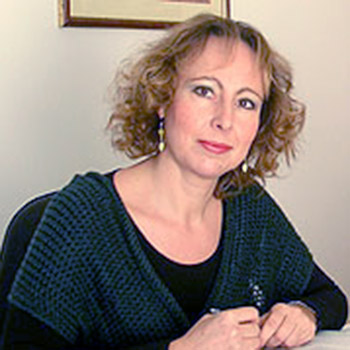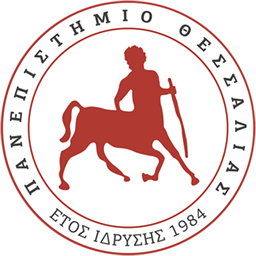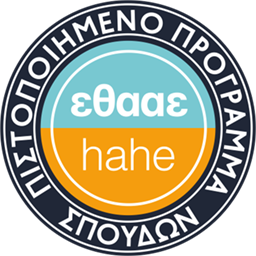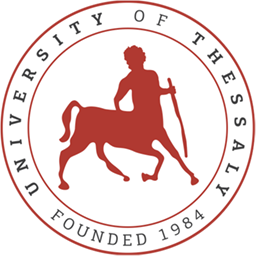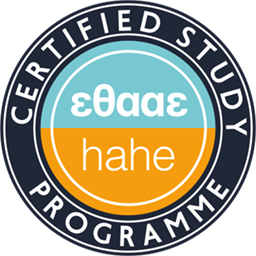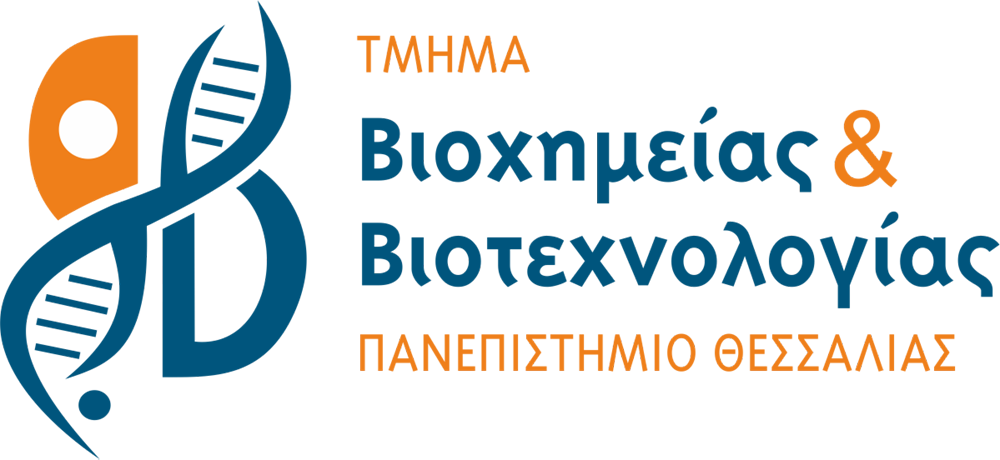Structural Biochemistry
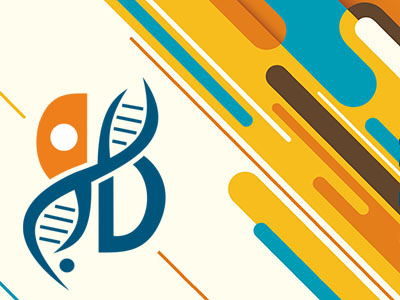
Theory: 2 hours/week | Practicals: 2 hours/week | ECTS Units: 5
Content – Aim of the course
The course provides to students the necessary theoretical background for a deeper understanding of the protein structure and introduces them to the basic principles of techniques used in the determination of the three-dimensional structure of proteins. The course is composed by two parts.
The first part is an introduction to the structure-function relationship in various protein families and to common structural features and motifs among protein families.
The second part presents the fundamental principles that govern X-ray crystallography, nuclear magnetic resonance and electron microscopy which currently are the most widely used structural methods for the determination of macromolecular structure. The overarching goal is to understand both the theoretical and practical aspects of these methods which are the main tools for the study of protein structure, protein-protein interactions and protein – small molecule (natural substrates, regulators and drugs) interactions.
Analytical Description of the Course
- Structural elements and protein structure motifs
- Class a Protein Structures
- Class a/b Protein Structures
- Class b Protein Structures
- Protein Folding
- Protein crystallization
- X-ray crystallography: basic principles
- Crystal structure determination and refinement
- NuclearMagneticResonance Spectroscopy
- Electron Miscroscopy
Laboratory Practicals
- Crystallization of lysozyme
- Seeking and analysis of protein sequences
- Protein Data Bank
- Building and analysis of protein structures
Reading Suggestions
- Introduction to Protein Structure. Carl Branden & John Tooze.
- A non-mathematical introduction to protein crystallography. Nicholas Glykos
Teaching Material / E-class
Lecturers
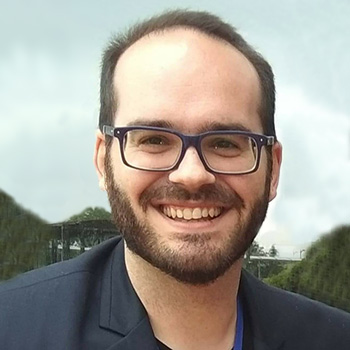
Georgios Stravodimos (Course Coordinator)
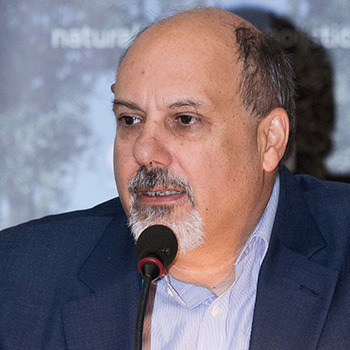
Demetres Leonidas D.
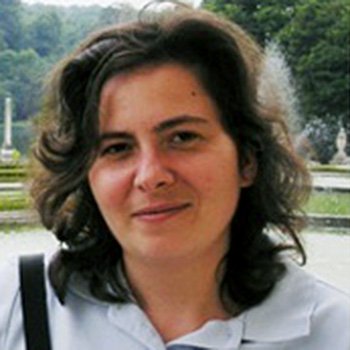
Vasiliki Skamnaki
